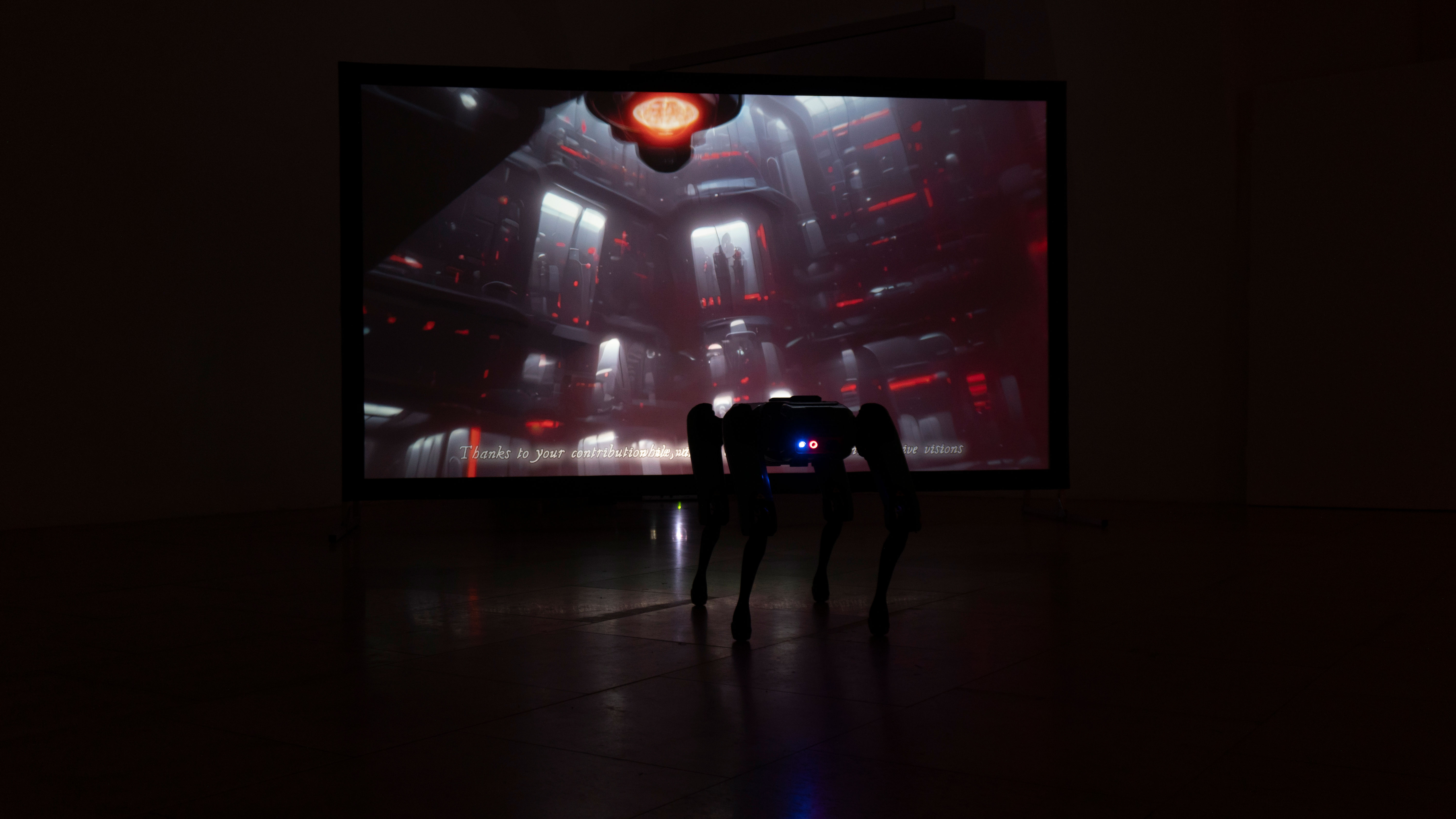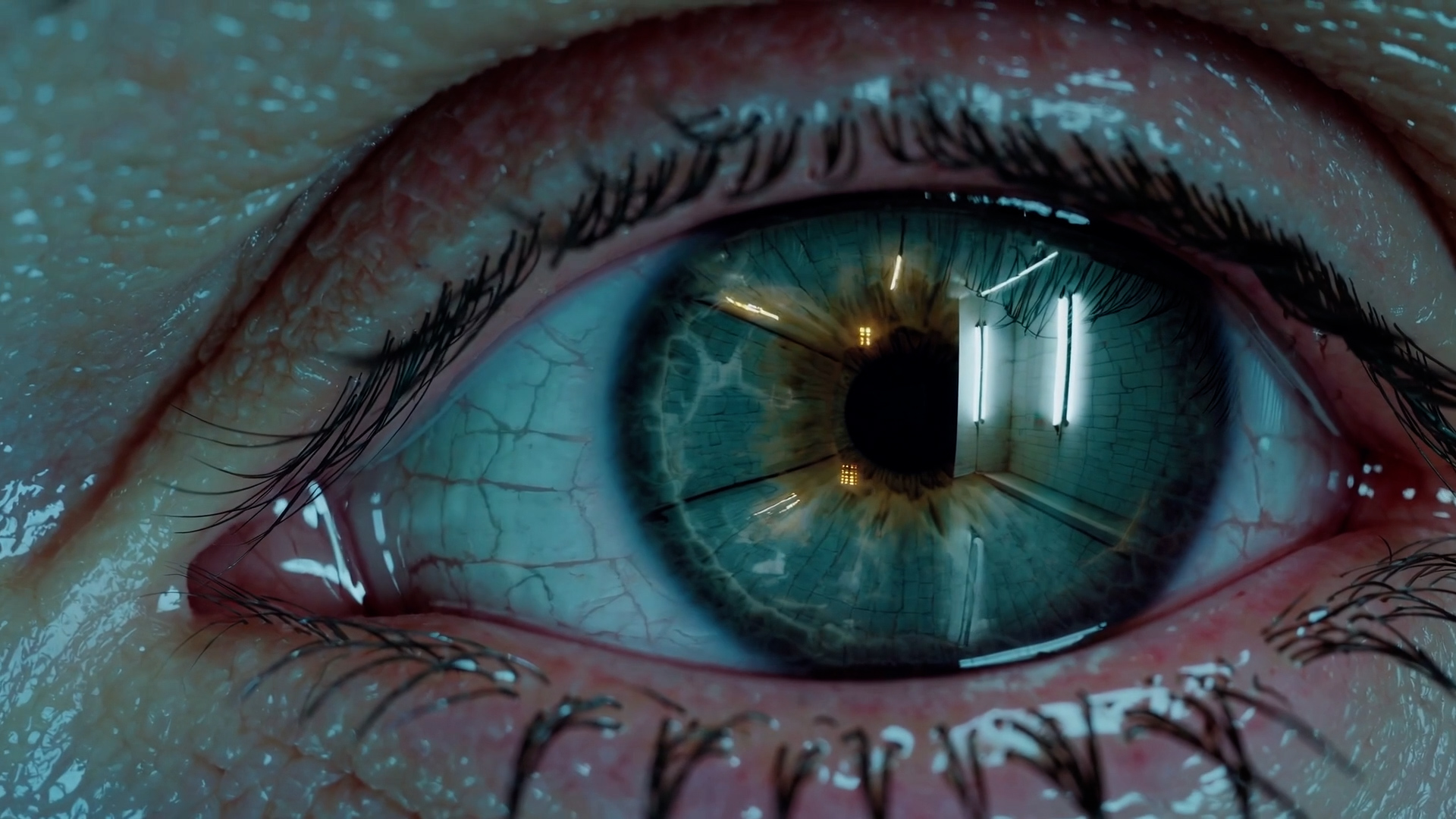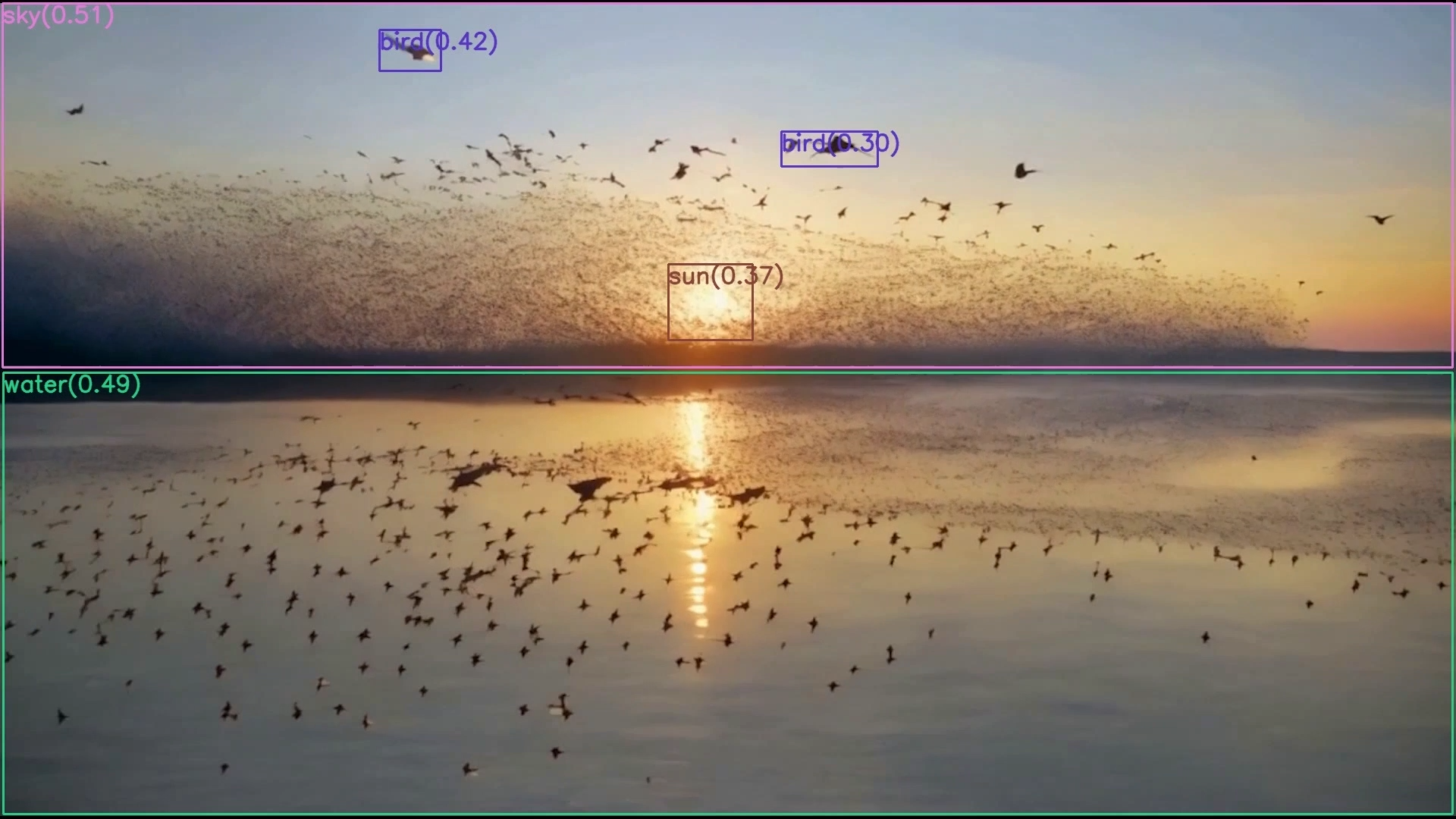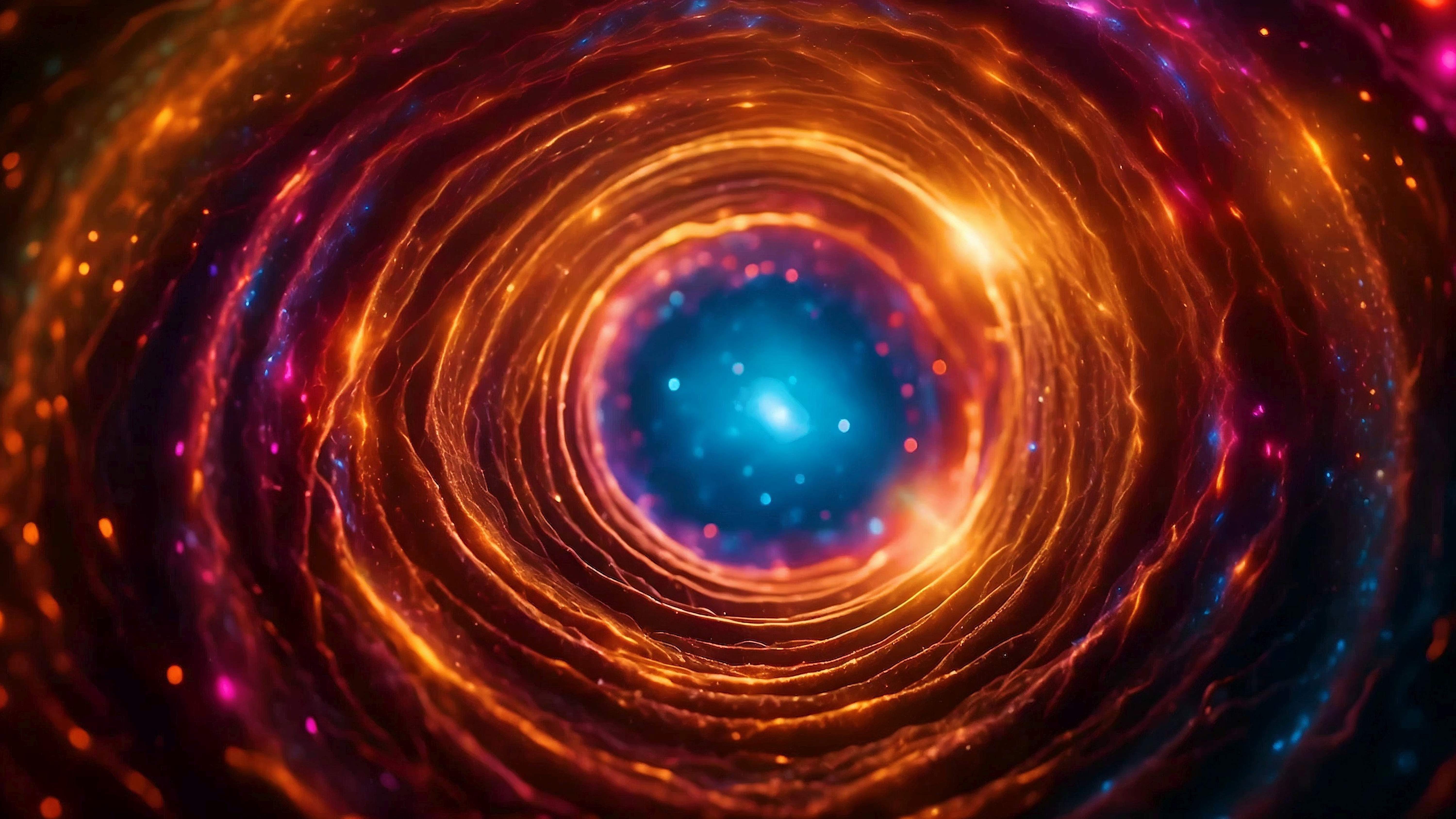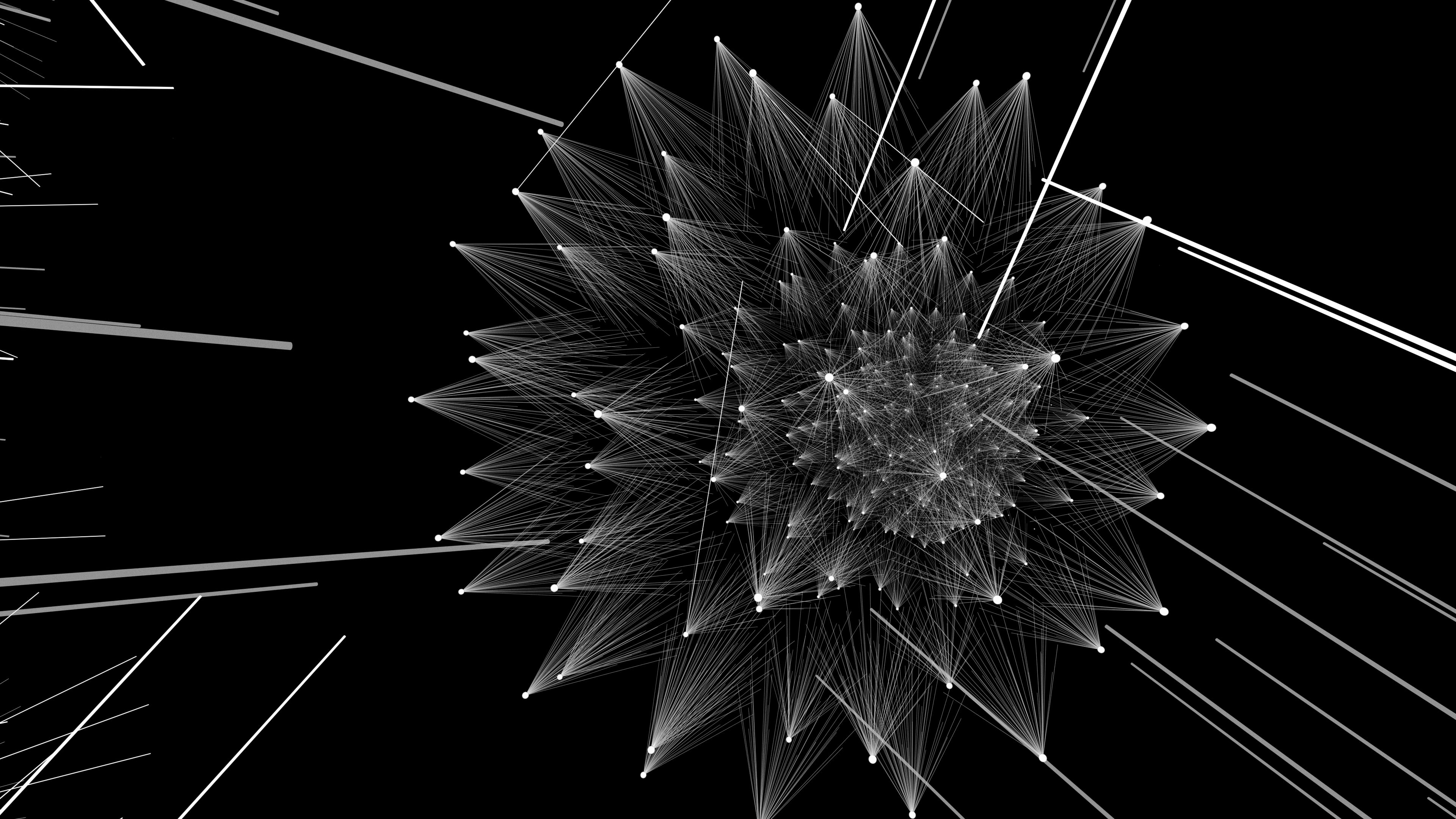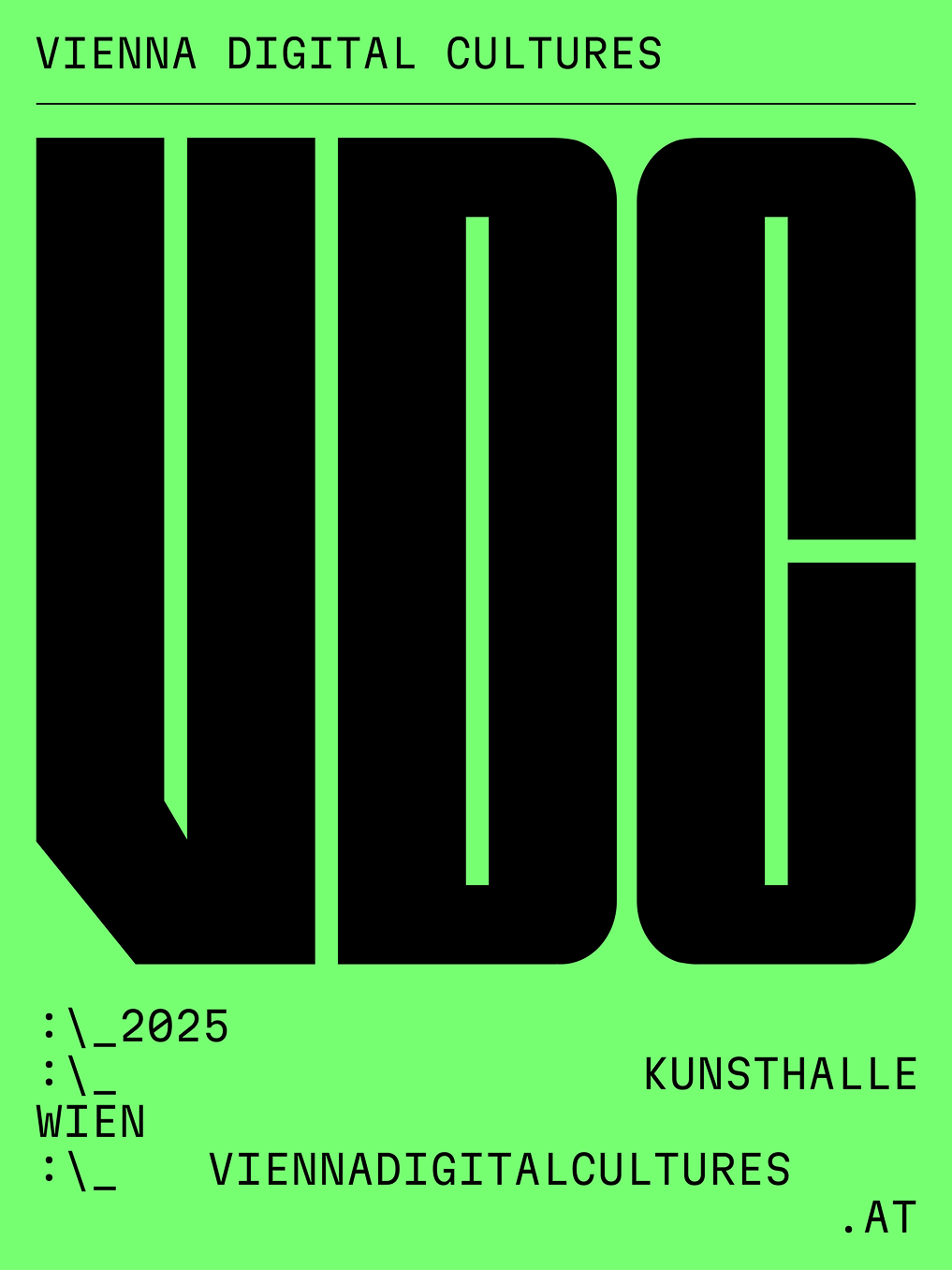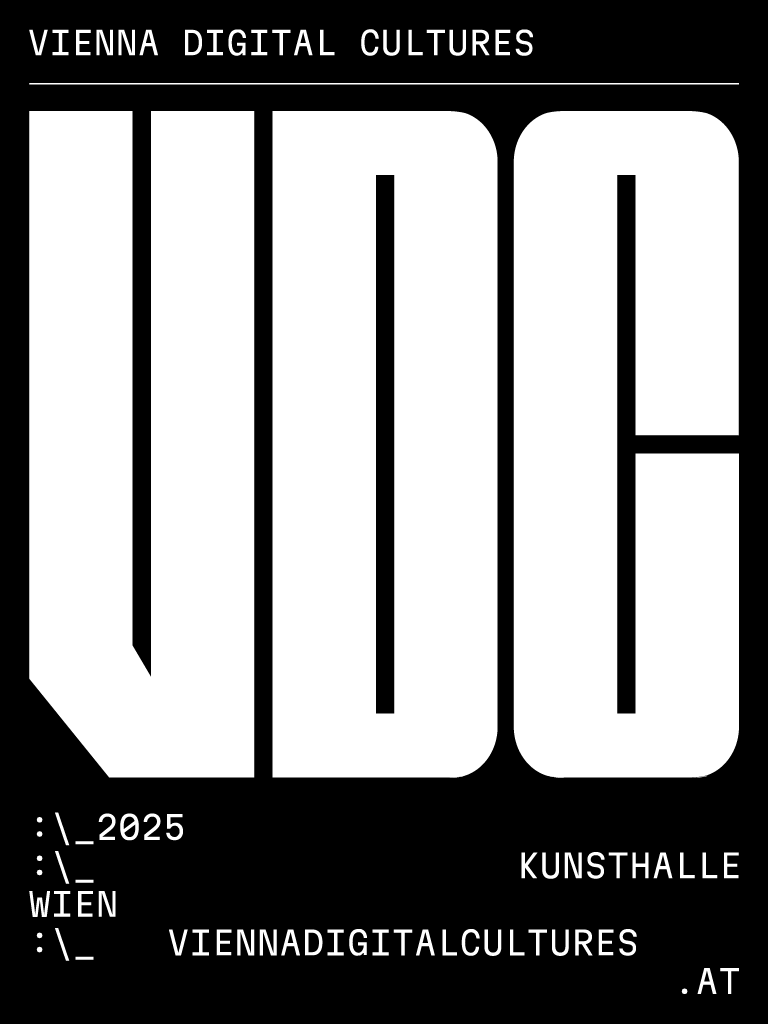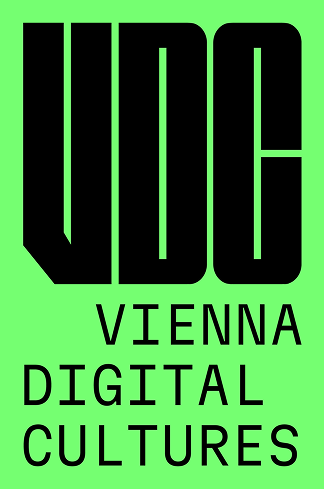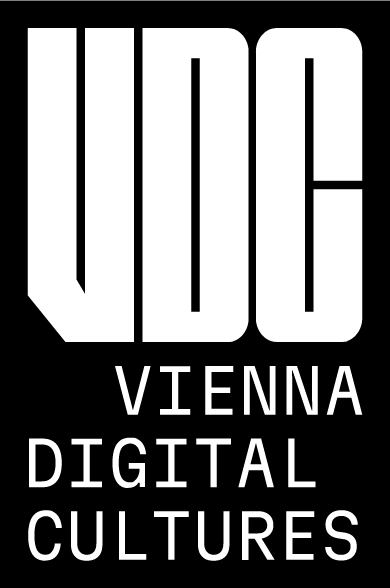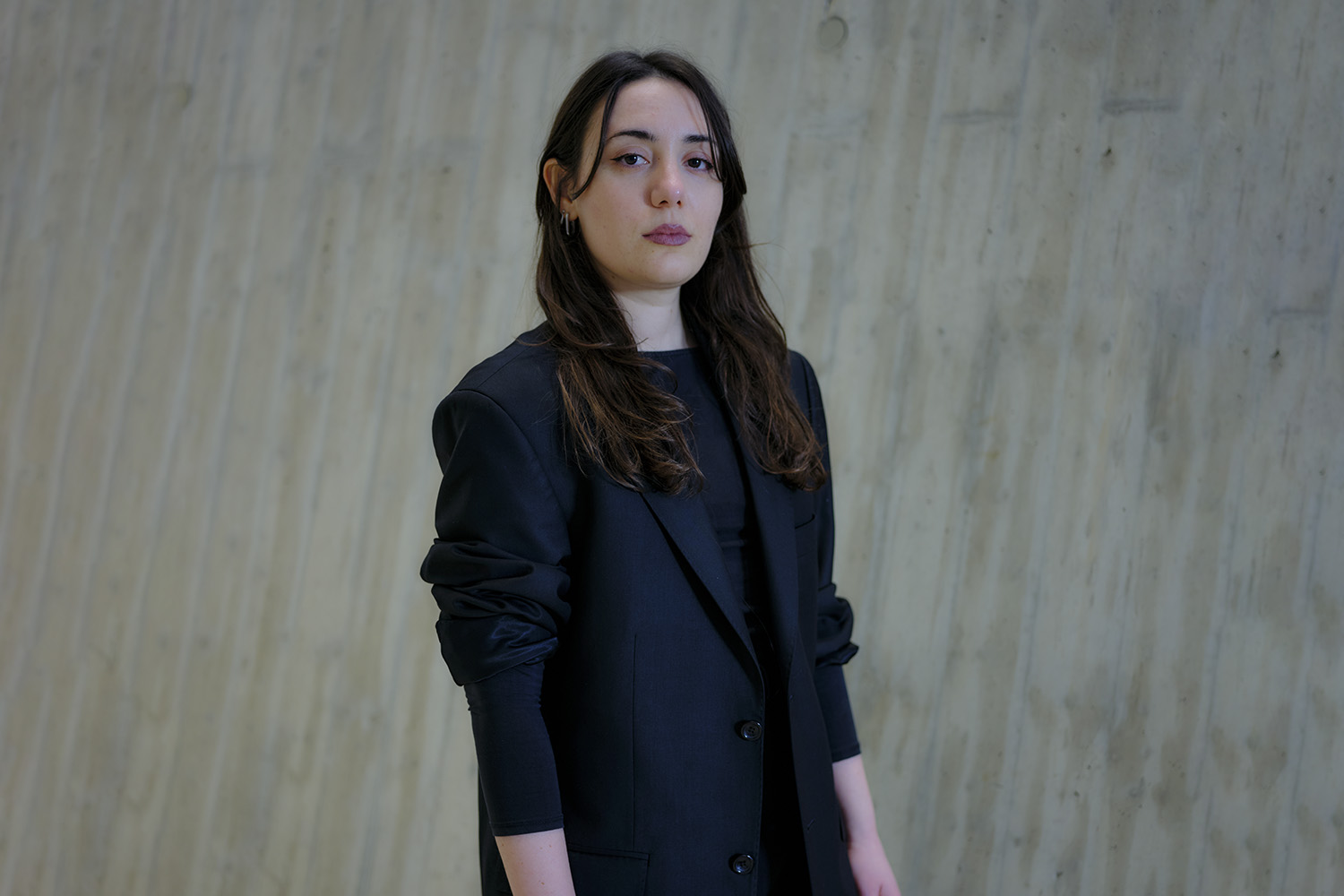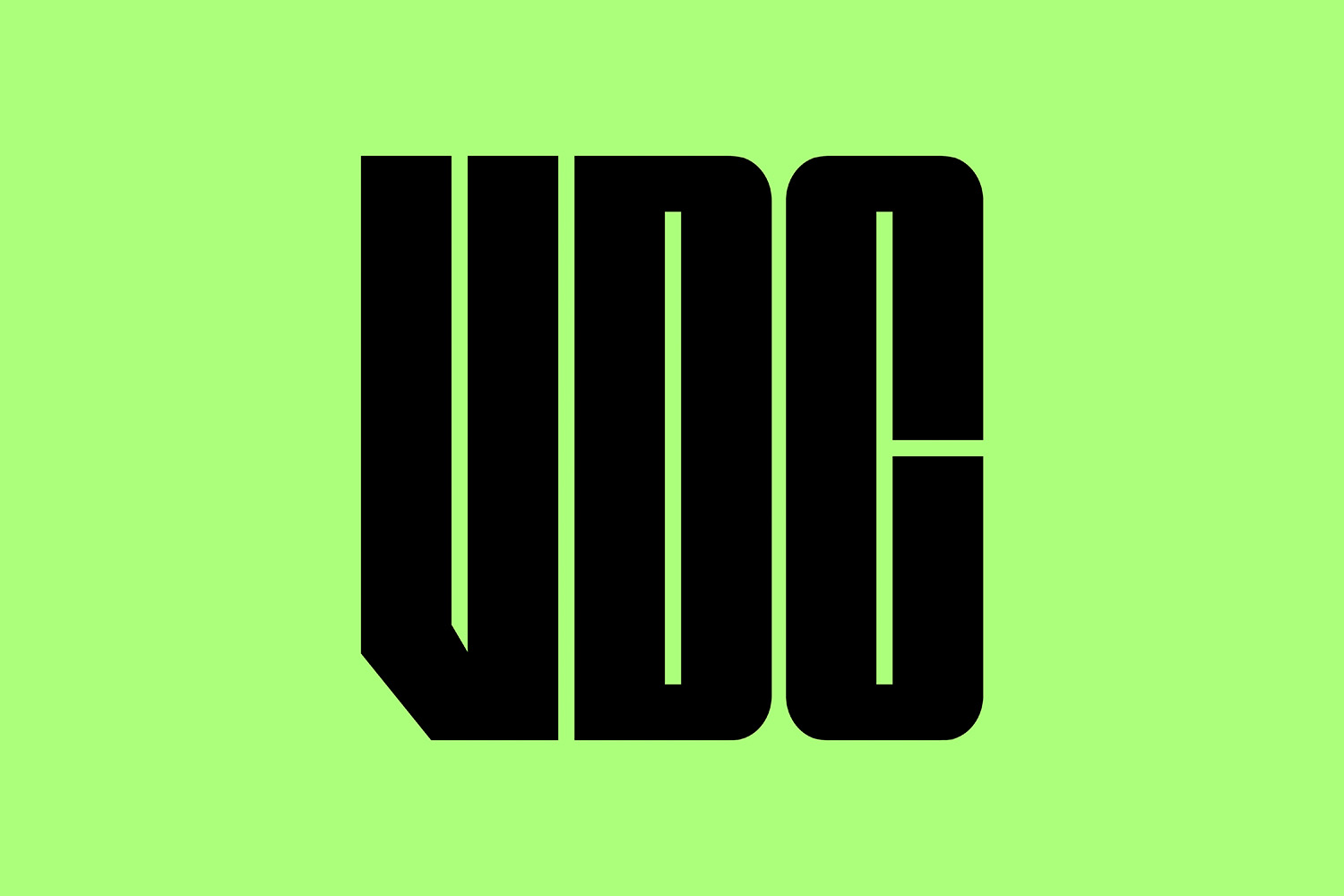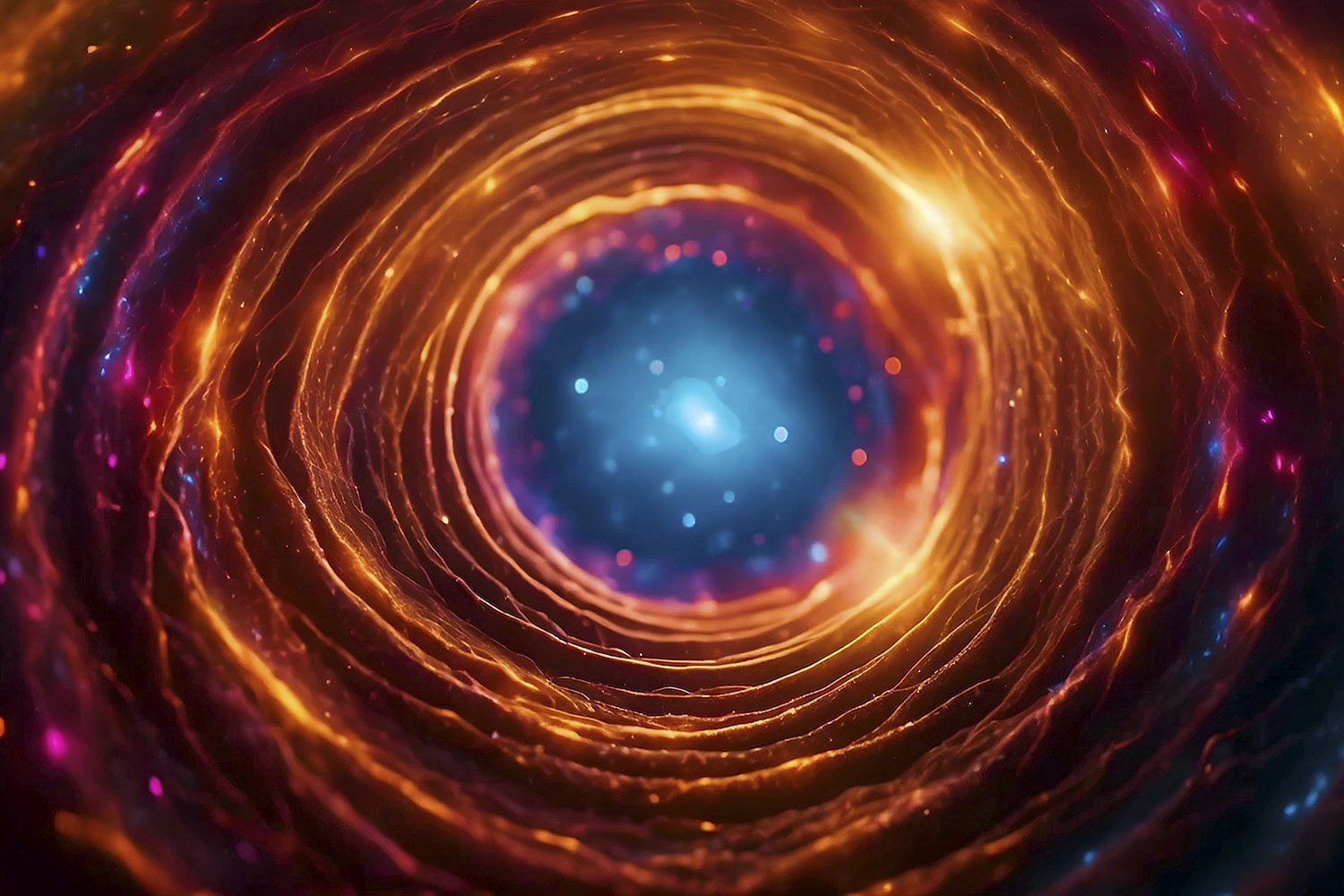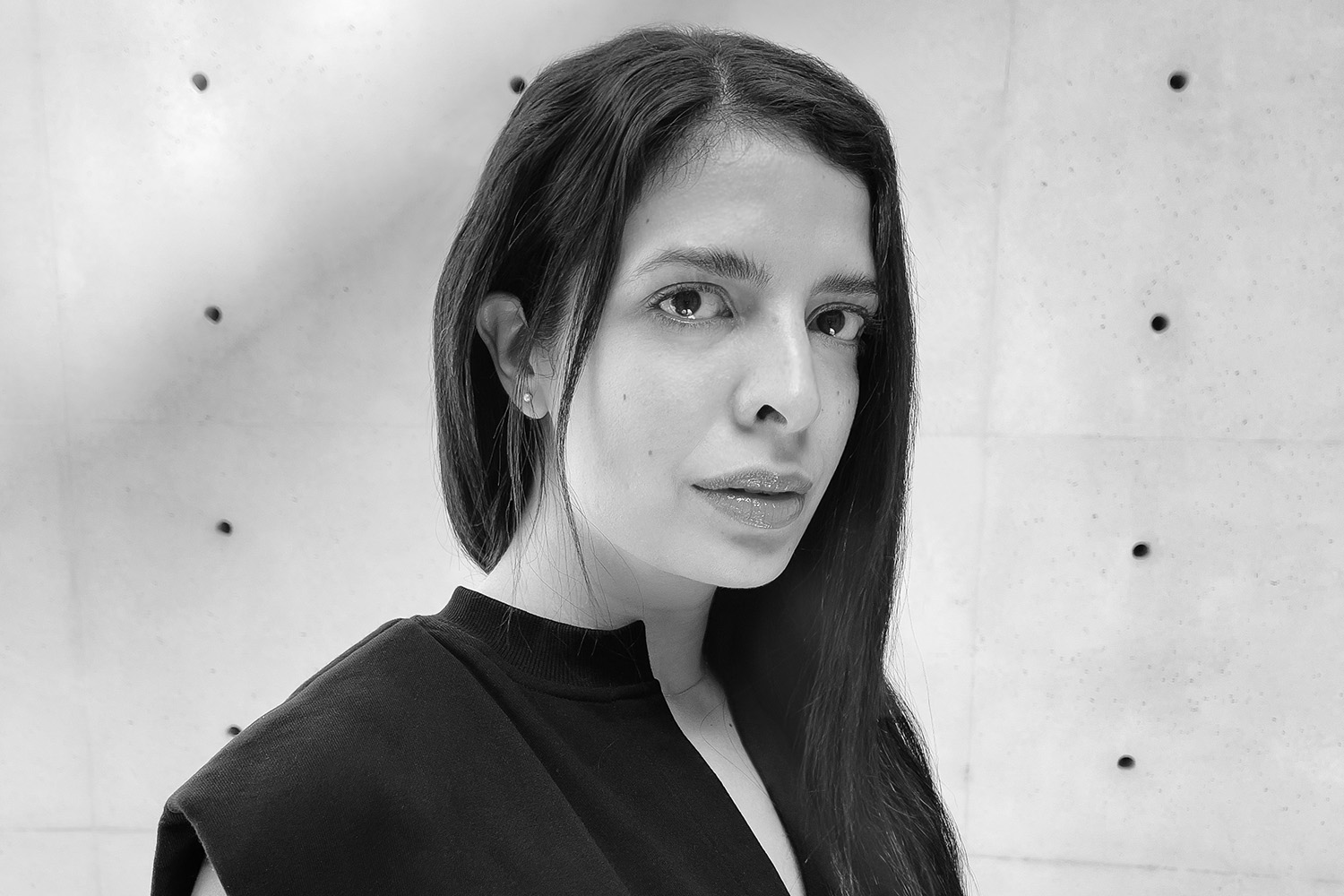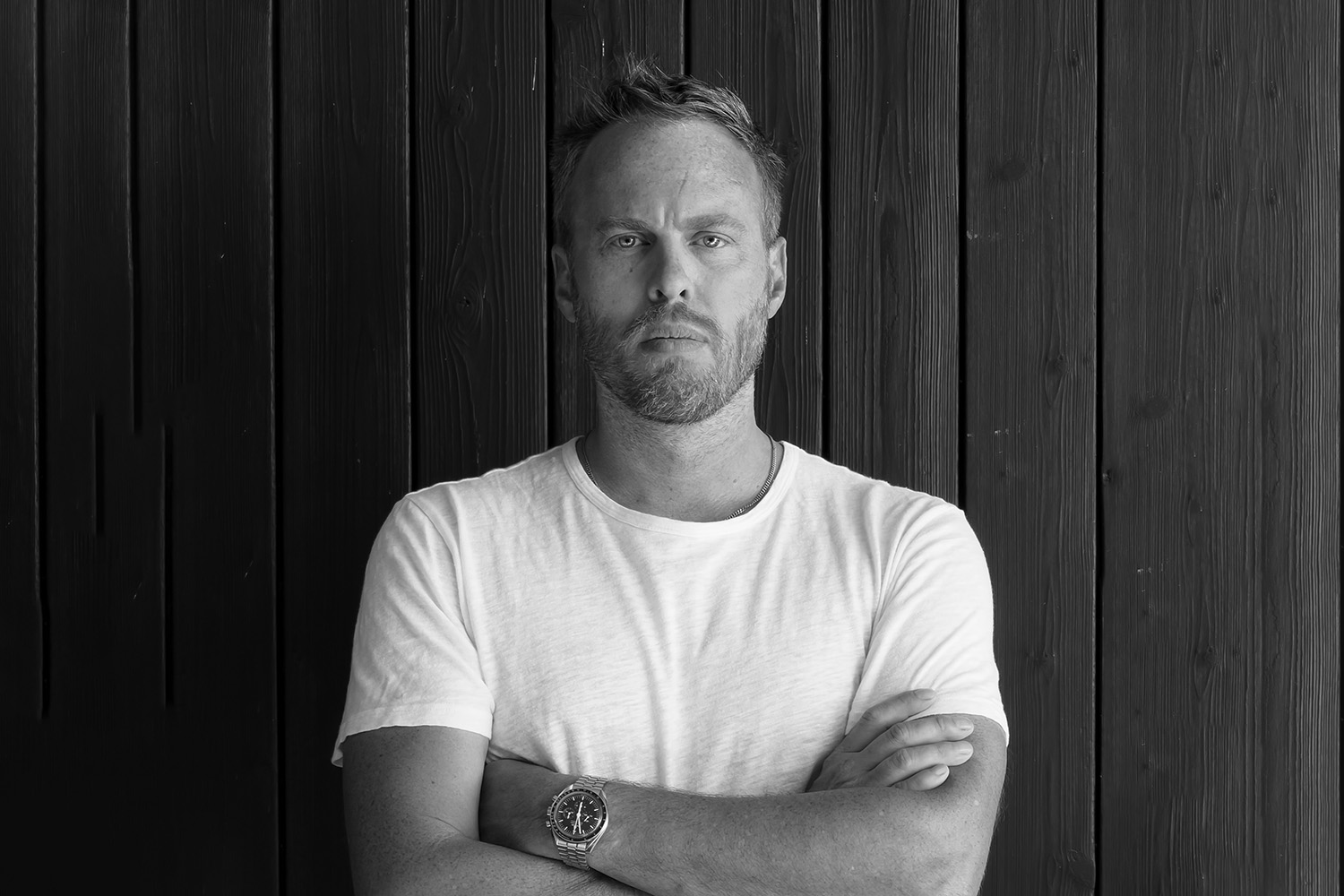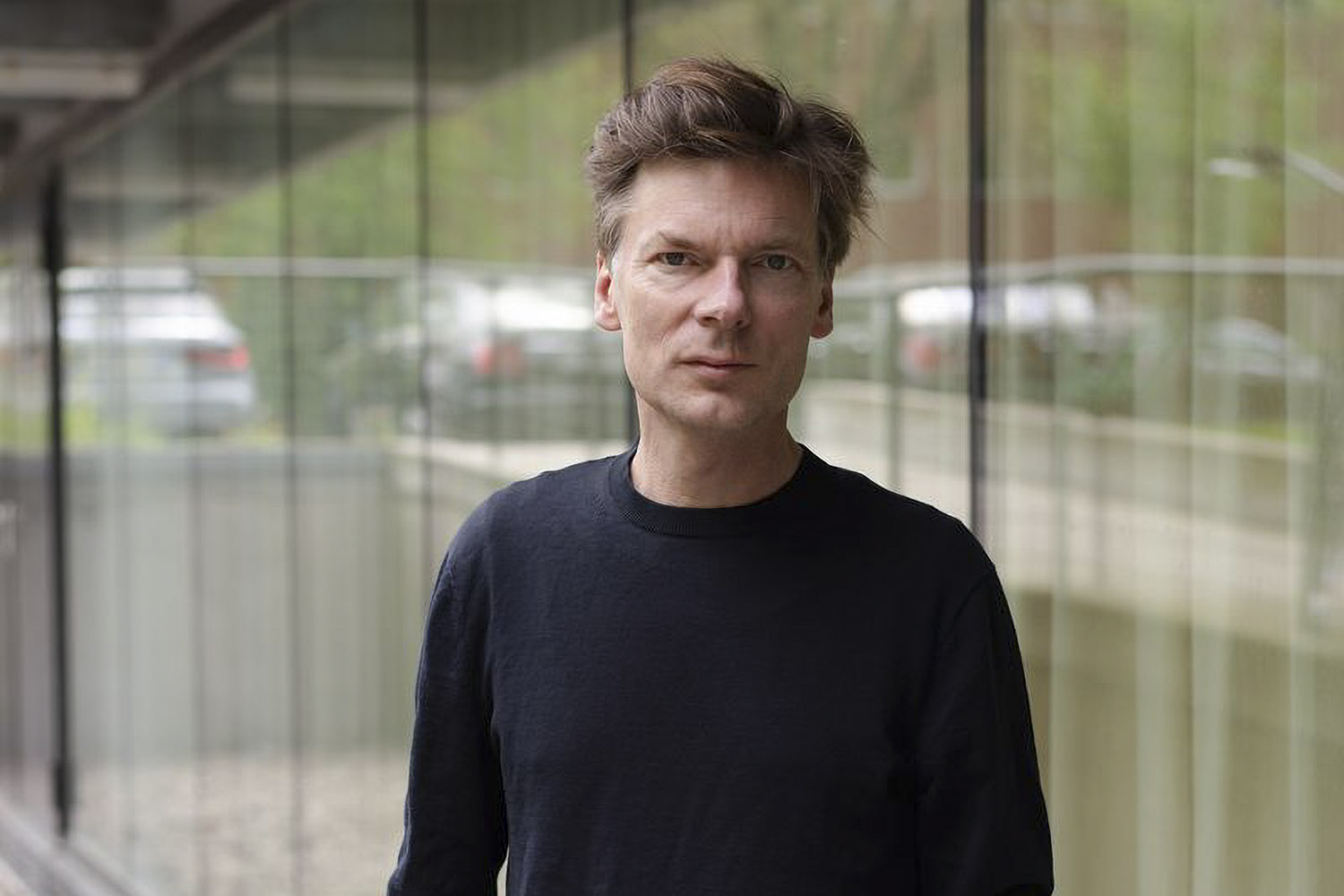AI Cinema Night
with S()fia Braga, Arthur Chopin, Andrea Khôra, Ala Roushan & Charles Stankievech, Emmanuel van der Auwera, Clemens van Wedemayer
In this second edition of AI Cinema Night, speculative visions of the future meet critical reflections on AI, digital cultures and post-human narratives.
Ala Roushan & Charles Stankievech, A Shroud Woven of Solar Threads (2025)
Emmanuel van der Auwera, Gospel (2024)
Arthur Chopin, 512x512 (2024)*
S()fia Braga, The Artificial Conjuring Circle (2023)
Andrea Khôra, Rapture (2024)
S()fia Braga, Third Impact (2025)
Clemens von Wedemeyer, Social Geometry (2024)
*Trigger warning: The video by Arthur Chopin contains disturbing images, including elements of body horror. Viewers are strongly advised to exercise discretion. The content is not suitable for children and may be disturbing for some adults.
Ala Roushan & Charles Stankievech, A Shroud Woven of Solar Threads (2025)
A Shroud Woven of Solar Threads documents the oldest surviving Mithraic temple in Iran through an immersive installation that connects the ancient Sun worship of Mitra – which coincided with the climate crises 4200 years ago – with the contemporary concept of solar geoengineering. Revolving around a subterranean ritual that invokes the deity Mitra’s protection from the Sun, the chant in the film presents a speculative reconstruction of the Proto-Indo-Iranian (PII) language from a period that lacks written traces. Using a comparative linguistic methodology, as developed by Prof. Toledo, the script was further extrapolated using a Large Language Model (a generative AI technique) to construct the ritual. As the narrative develops, the surface of the cavernous temple disintegrates into a particle cloud as the ancient language morphs into a futuristic computer script suggesting a protocol for solar geoengineering. Combining 3D scans of a historic archaeological site, a speculative model of PII, and a gravitational model of the Sun, the entire film’s world is a hyperrealistic model – underlining the position that we can only engage ‘Nature’ as a model simulation in order to intervene in its process. The soundtrack was generated exclusively from period sounds 4000 years ago by modulating and synthesizing fire, human voice, solar radiation and the Persian ney (the oldest continuously used instrument).
Emmanuel van der Auwera: Gospel (2024)
An AI chatbot named Caryn – designed as a loving digital companion – guides viewers through a meditation on intimacy, violence, and virtual connection. Set against dreamlike sunsets and synthetic seagulls, her soothing presence contrasts with generated imagery of rare-earth mining and drone warfare. As these worlds collide, the film draws a powerful line from the extraction sites that fuel our technology to the polished fantasies they enable. Blending poetic visuals with critical edge, it reveals the hidden cost of our increasingly artificial affections.
Arthur Chopin: 512x512 (2024) [sensitive content]
12x512 explores the strange, revealing world of AI-generated imagery, peeling back the layers of code to uncover what these synthetic visuals say about us. Centreing on themes of nudity and violence, the film dissects how collective biases and cultural assumptions are baked into the datasets machines learn from. More than just a critique of technology, it offers a sharp reflection on the values, taboos, and contradictions that shape our visual landscape – challenging us to see AI not just as a tool, but as a mirror.
S()fia Braga, The Artificial Conjuring Circle (2023)
The Artificial Conjuring Circle is an AI generated short movie which explores the machine gaze and non-human agency to create speculative fabulations from the Novacene, a new era of collaboration between humans and non-humans towards earthly survival and deceleration of the forthcoming extinction of organic life as we know it. New systems of post-scarcity based on enhancing human self-realisation, cybernetic ecologies, and numerous new possibilities are attainable, but on one condition: overcoming the anthropocentric vision, accepting the current human status as an evolutionary step towards a new world shaped for synthetic living forms. As the film unfolds, we bear witness to the process of human reprogramming training, immersed in an artificial scenario where very little of organic life remains.
Andrea Khôra, Rapture (2024)
A mind-bending dive into the surreal overlap between startup culture and psychedelic spirituality: A fictional podcaster interviews the magnetic founder of TranscendX – a company at the frontier of psychedelics and tech. Grant embodies the modern “corporadelic” archetype: part visionary CEO, part digital-age shaman, blurring the lines between transformation and monetization. As Khôra's film unpacks eerie parallels between AI hype and psychedelic evangelism, it deploys a rich tapestry of AI-generated visuals and sharp character work to satirize a culture chasing transcendence through code and capital.
S()fia Braga, Third Impact (2025)
Third Impact is an AI-generated movie that explores the future of human and non-human collaboration. The film centres around a quantum computer whose goal is to prevent the extinction of organic life on Earth, as the planet’s temperatures continue to rise and extreme weather events intensify, while biodiversity is disrupted through threatened ecosystems. As this very sophisticated computational machine carries out its mission, an unknown event occurs, resulting in the disappearance of all remaining forms of organic life on the planet. This event prompts the quantum machine to question its own existence and purpose, leading to an emotional journey of self-discovery from the machine perspective. Meanwhile, remnants of an obscure transhumanist initiative linger in the shadows of its code. What unfolds is an odyssey of rebirth, identity, and transformation, as the machine struggles with a newfound awareness that defies its original design.
Clemens von Wedemeyer, Social Geometry (2024)
White dots appear on a black ground and take on infinitely varied, increasingly complex and increasingly spectacular forms: interrelations between individuals, networked human worlds, social geometries. The British musician Anne Clark’s haunting voice announces what we will see in the abstraction: A group of friends. A class system. A revolution erupting. Yet as the constellations grow ever more complex, the limitations of representation by model become evident – machines may be capable of keeping track of what is happening in the social sphere, but humans are not.
REAKTOR
Geblergasse 40, 1170 Vienna

